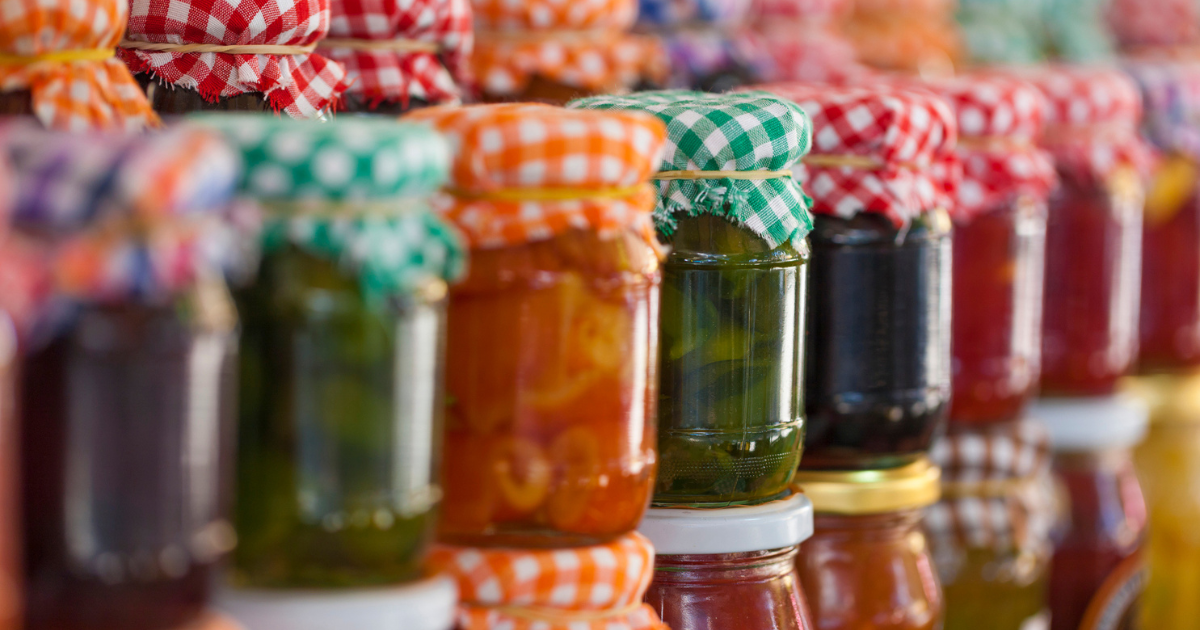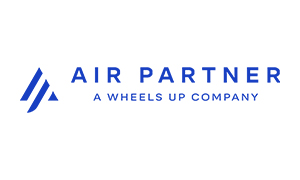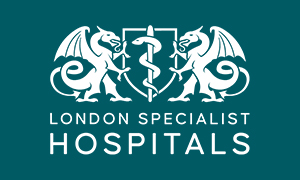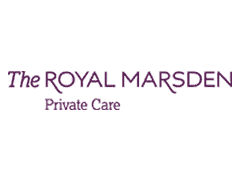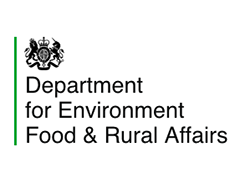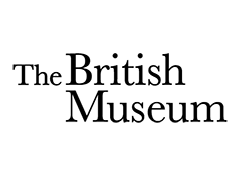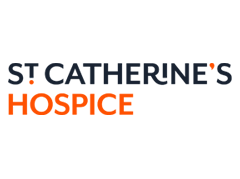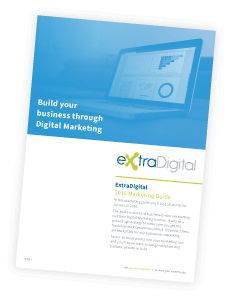Earlier this week I was re-reading and article on the impact of numbers of choices (the jam study by Sheena Lyengar and Mark Lepper) that was written in 2000. This suggested too much choice (too many varieties of jam) produces fewer sales.

This was prompted by a debate on LinkedIn started by Barry Schwartz (Professor of Psychology at Swarthmore College ) in which he commented that “What makes it problematic is that we don't yet know what factors determine when choice overload will occur and when it won't”.
In a reply to this Rachel Cornish on LinkedIn said “This may be the case with rows of jam in a supermarket, but take the shop online and there is data that is being used (and has been used commercially for many years) to understand exactly when choice overload occurs and what triggers this.“
The basis for this was work carried out over the last decade for a range of eCommerce shops and lead generating websites. The most successful digital marketing campaigns were those where we had a direct influence on the structure and design of the webpages. This enabled us to gradually improve them based on historical data. And improve them to gain the highest profits (or most leads).
With digital paid marketing, simply increasing visitors to the website will not maximise profit. A key task is ensuring the landing page funnel works well to increase the conversion rate – or the number of people buying or making an enquiry. We call this landing page optimisation and sales funnel analysis. But it could be called ‘reducing choice overload’.
So how does this work in practise? With experience, a good paid search manager will know ‘what usually works’ and will try and ensure the landing pages are reasonable to start with, within the constraints of the website design and layout. Tracking code can be added so that how a visitor navigates through the page (where they look, what they click on) and this is combined with advertising data to evaluate the landing page performance. This can be done quickly – within a few hours for a high spending campaign with a lot of data. So within a few days multiple landing pages can be tries based on the initial data. Very quickly, by pausing the less good and varying the best you work out an optimum landing page for any given time. For lead generation this will aim to reduce choice overload and produce a lead within a few clicks.
For lead generation in very competitive markets, this ‘reduction of choice overload’ is what produces the best results. With some financial or insurance clients we produced about ten times more landing page layouts than main website designs. Each version was gradually improving the lead generation rate, and often we used different layout for different types of visitor, as different visitors showed different choice overload characteristics. For very high value leads this means producing optimal paths through the website for each type of customer. This is detailed work, but produces fantastic results with high numbers of leads.
For eCommerce websites there are several pages to look at; there is the landing page – providing a sensible set of choices, and then the shopping funnel which is usually best as streamlined as possible – and certainly attempting to reduce and risk of choice overload. How important is this? Huge. It can increase sales revenues by an order of magnitude.
So what psychologists call ‘choice overload’ is used by digital marketing professionals to improve lead generation or eCommerce profits.
